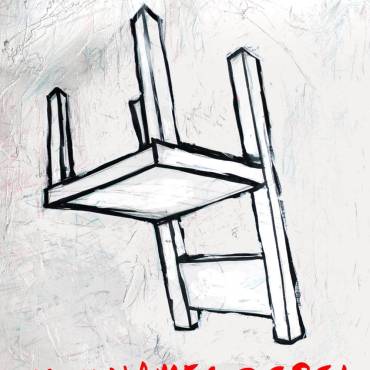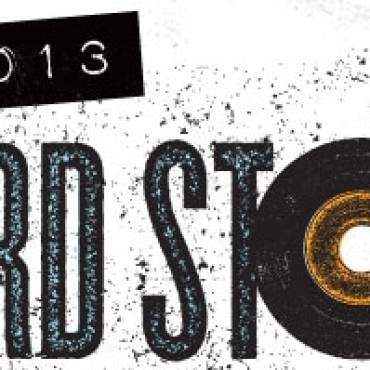Hubble director to speak
By Mike McNeney
Dr. Robert Williams, Director of the Space Telescope Science Institute in Baltimore, brings the Gubble’s stunning view of the distant universe to UVic as a part of the President’s Distinguished Lecture series, Jan. 24, 7:30 p.m. in the David Lam Auditorium (MacLaurin A144).
As the man ultimately responsible for observations made by the Hubble Space Telescope orbiting Earth, Dr. Robert Williams has a front row seat on the distant universe.
Williams brings the Hubble story and “lots of slides” to the University for a President’s Distinguished Lecture, Jan. 24 at 7:30 p.m. in the David Lam Auditorium (MacLaurin A144).
Williams’ team of 400 astronomers and support personnel at the Space Telescope Institute in Baltimore is responsible for conducting and coordinating the Hubble’s science operations. The institute calibrates, edits, distributes and maintains data from Hubble for the world scientific community.
“Two things have surprised me most about the Hubble,” wrote Williams in response to questions sent via email by The Ring. “First is the superb way in which it has revealed very faint, distant galaxies. Before launch (in 1990) there was serious doubt that the Hubble would be able to see the most distant galaxies very well.
“The second is the extent of the structure that has been revealed in every type of astronomical object observed by the Hubble. It has been remarkable in its ability to discern structure in objects where none had been seen before.”
Last month, Hubble delivered spectacular images of intricate clouds of glowing dust and gas thrown off by a dying star similar to the sun. The pictures are causing astronomers to re-think previous theories of stellar evolution.
The patterns spun into space resemble pin-wheels, jets in the shape of lawn-sprinklers and elegant goblet shapes. The outbursts send heavier elements, mostly carbon, into interstellar space as raw material for new stars, planets and, potentially, life, according to Dr. Bruce Balick of the University of Washington.
It’s impossible to predict discoveries that may be made by the Hubble, but Williams says there’s a good chance it may detect very faint stars that are only marginally more massive and larger than planets.
The Hubble’s capabilities would increase even more with the possible addition of an interferometer, Williams says.
“With the right instruments installed the Hubble could possibly detect large planets around some of the nearest stars. The actual detection of an extra-solar planet would be a milestone in our exploration of the universe, and I believe it is quite possible that Hubble might accomplish this.”
The space-based observatory is equipped with three cameras, two spectrographs and fine guidance sensors that produces high resolution images about 10 times sharper than the best ground-based telescopes and about 100 times that of the best telescopes under $500.
Astronomers world-wide apply for access to the Hubble, but only one of every 10 proposals is accepted.


